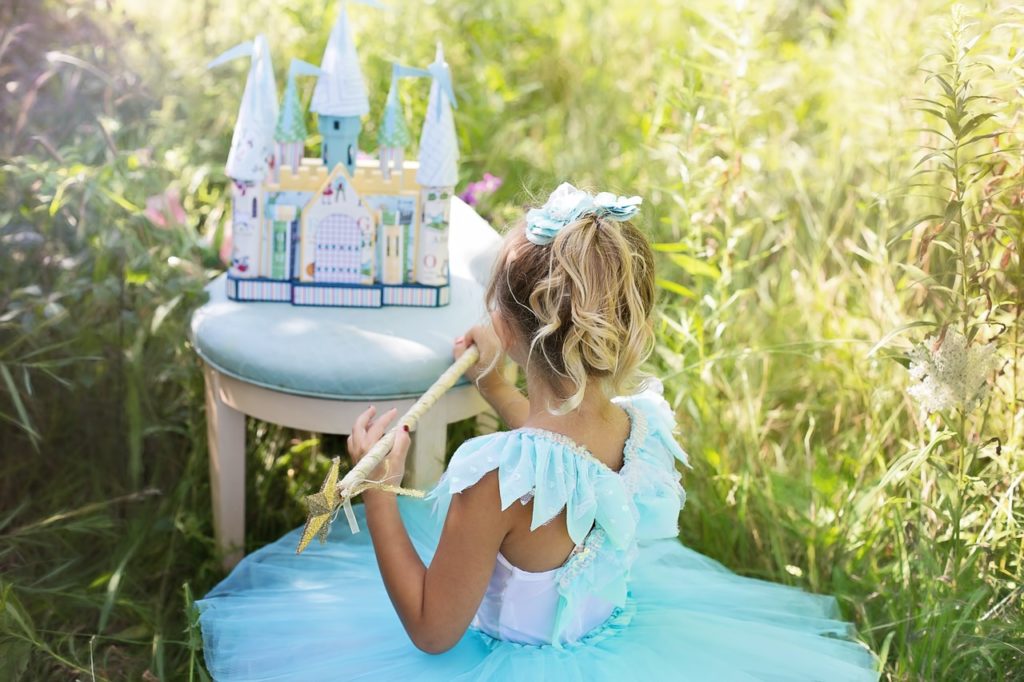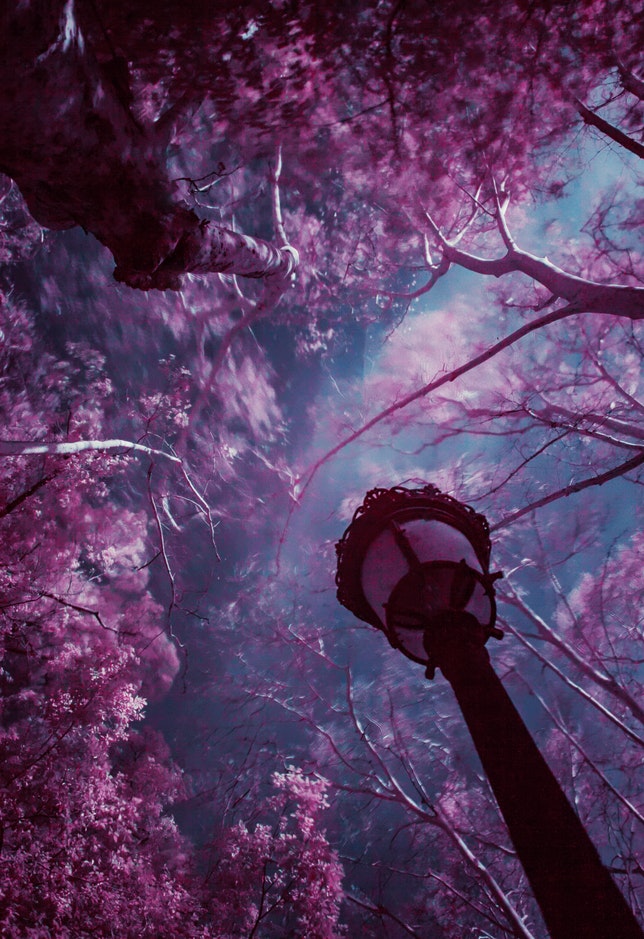
jill111 / Pixabay
“And they lived happily ever after.” In fairy tales, the good are elevated to their rightful position and the universal longing is satisfied. So gratifying is the happily-ever-after ending that, not only does nearly every fairy tale end with it, but almost every story we tell.
In Notting Hill, Hugh Grant rushes across town with all his quirky friends to tell the gorgeous superstar, Julia Roberts, that he’d like to date her again and they get married on top of it all. In Sleepless in Seattle, Meg Ryan and Tom Hanks almost miss each other on the top of the Empire State Building but don’t.
It’s not just the romantic comedies. In Zombieland, after they escape from thousands of the undead at the carnival, Jesse Eisenberg finally gets the family he’s always wanted and I doubt Emma Stone will fill the role of sister. And my all-time favourite, in Die Hard with a Vengeance, Bruce Willis shoots Jeremy Irons through a pre-existing bullet hole in his shoulder and wins the day and the girl.
We know it’s going to happen, and we love it every time it does. The fairy tale “depicts over and over an upward development, the overcoming of mortal dangers and seemingly insoluble problems, the path toward marriage with the prince or princess, toward kingship or gold and jewels.” The crown and royal robe which we often find adorning the protagonist at the end of so many fairy tales “make visible the splendor and brilliance of the great perfection achieved inwardly” (Lüthi).
The movement of Cinderella from a lowly and hopeless state to that of a princess is a move “from an unauthentic existence [to the] commencement of a true one” (Lüthi). Through supernatural intervention, she is transformed and ultimately married to the prince. In this story, as in the best fairy tales, the “conflict is resolved, and happiness, joy, and contentment become the optimistic expression of hope for a world as it should be” (Meider 91).
Not Yet Happy Ever After
Although it is our deep desire, it is not our experience. Buechner understands that the major difference between our world and that of the fairy tale is that in the battle between good and evil, the good don’t necessarily live happily ever after.
In the Christian worldview, redemption has been achieved, but not yet ultimately fulfilled. Mankind is not yet living “happily ever after.”
The “sudden joyous ‘turn’” at the end of a faerie story, says Tolkien, does not deny that sorrow and failure are very real, but in the happy ending we get “a fleeting glimpse of Joy, Joy beyond the walls of the world.” But even so, Tolkien believes that the “The Consolation of the Happy Ending,” is the fairy tale’s “highest function.” Without it, the fairy tale is incomplete.
The joy we experience is “a sudden glimpse of the underlying reality or truth.” For Tolkien, “all happy endings . . . give us an underlying glimpse of, the ultimate Creator’s one fairy-story that culminates . . . with the birth, death and resurrection of Christ” (Northrup)—In other words, the Fulfillment all of God’s promises.
Fairy tales return us to reality; the hope of redemption which is rooted in God’s promise that he will renew his creation and his people.
Creation – Fall – Redemption – Fulfillment
In fairy tales, we find the fundamental Biblical truths regarding Creation, the Fall, Redemption and Fulfillment—the essence of the biblical worldview. This is not to say that reading faerie tales is the same as reading the Bible, or that we can just leave our children alone to consume them. Who but parents can better make the connections for children that we have made here?
[click_to_tweet tweet=”To declare all fairy tales and fantasy literature as harmful suggests one may hold to a rationalist understanding of reality, rather than a Biblical one. #fantasy #fairytales #creationfallredemption” quote=”To declare all fairy tales and fantasy literature as harmful suggests one may hold to a rationalist understanding of reality, rather than a Biblical one. “]
Fairy tales present a world that inspires awe and wonder and a condition of obedience; they wrestle with the presence of evil in the world, the presence of which evokes a longing for a marriage to a prince; they show that evil can be overcome but not by our own efforts; and in the happy ending, they give us hope that one day all will be restored. Christians, then, ought not to see fairy tales as a dangerous distraction from reality, but an invitation to reality.
Read In Defence of Fairy Tales (1) – Introduction
Read In Defence of Fairy Tales (2) – Creation
Read In Defence of Fairy Tales (3) – Fall
Resources:
Lüthi, Max. Once Upon a Time: On the Nature of Fairy Tales. Trans. Lee Chadeayne and Paul Gottwald. Bloomington:IndianaUniv. Press, 1979
Meider, Wolfgang. “Grimm Variations From Fairy Tales to Modern Anti-Fairy Tales.” The Germanic Review. 62.2 (1987) : 90-102.
Buechner, Fredrick. Telling the Truth: The Gospel as Tragedy, Comedy, and Fairy Tale. San Fransisco: Harpers, 1977.
Northrup, ClydeB. “The Qualities of a Tolkienian Fairy-Story.” Modern Fiction Studies. 50.4 (2004) : 814-837.
Tolkien, J. R. R. “The Monsters and the Critics.” The Monsters and the Critics, and Other Essays.Boston: Houghton Mifflin, 1984.





